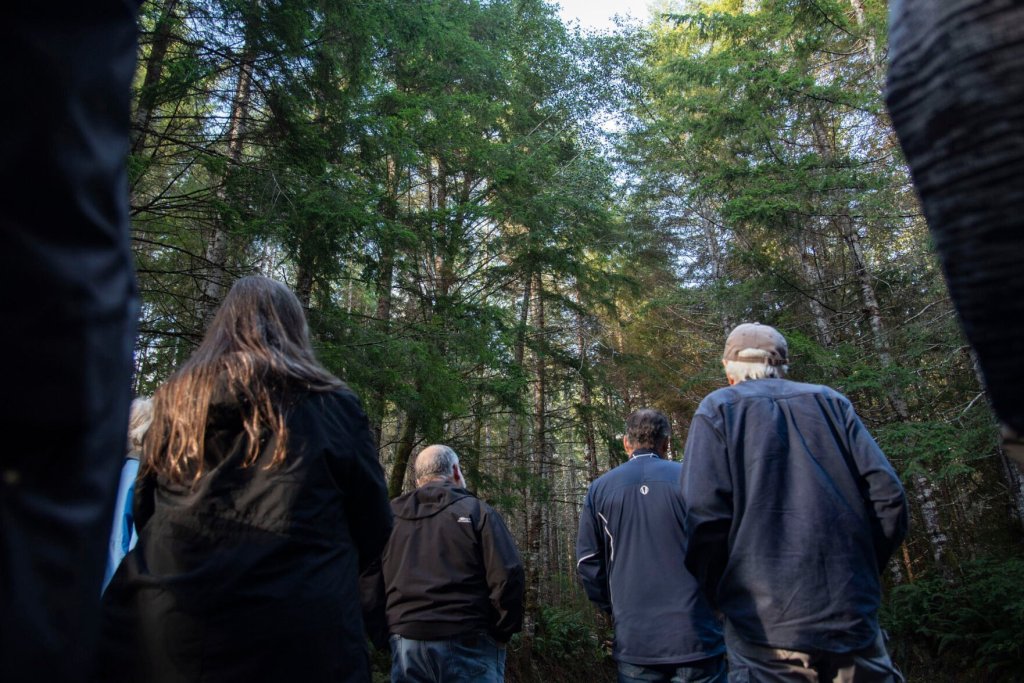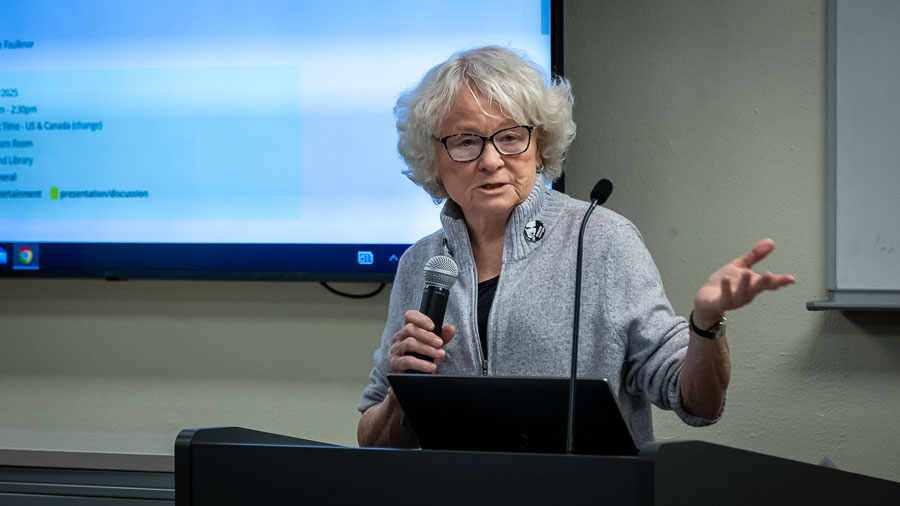OTHER VIEWS: Turning a forest from an asset into a liability
Published 4:30 am Thursday, December 14, 2023

- Clatsop County leaders are worried about the economic impact of a proposed habitat conservation plan for state forests.
What happens when you fail to balance the financial and economic realities of forest management with ambitious conservation strategies?
You turn an asset into a liability.
The fate of the Elliott State Forest on the Southern Oregon coast, a once healthy and productive forest that supported local schools, provides a very clear case in point.
Over the years, timber harvests were reduced to a level on the Elliott that it effectively bankrupted the forest. The state could no longer afford to manage the forest or meet its fiduciary responsibilities to generate funding, through timber harvests, for local schools.
After welcoming and then backing out of a proposal from private and tribal interests to purchase the forest from the state, the State Land Board looked to Oregon State University to bail them out, hoping the university could turn the Elliott into a publicly-funded research forest.
In November, that hope came crashing down when after years of consideration, Oregon State declined the offer. The university backed out “due to the difficulty of resolving the competing interests of state, tribal, industry, environmentalist and community interests through compromise while still achieving the research potential of the forest in a way that is sustainable and that serves the public good.”
You can, in fact, ask too much of a forest.
The Elliott State Forest is now an expensive 93,000 acre wildlife refuge that no one can afford to maintain. It is a forest that provides very little economic benefits for the surrounding communities. This should serve as a cautionary tale for all those engaged in the Oregon Department of Forestry’s habitat conservation plan (HCP) for state forestlands in northwest Oregon.
The handful of environmental organizations that have lobbied for the “best” and most restrictive HCP possible for northwest state forests have for years derided and dismissed practical concerns that such an overly ambitious HCP would be too costly for the state and local communities, businesses and families.
We can have a good HCP that allows for better financial and economic outcomes that still provides necessary protections for sensitive species.
Instead, the board kicked the can down the road, awaiting “new” modeling data from the Department of Forestry in the hopes that it would reveal better harvest levels and economic outcomes. Achieving better economic outcomes was, after all, a stated goal of the HCP when it was first proposed.
After months of work behind the scenes, the Department of Forestry released the updated modeling last week. The new modeling data confirms that the current HCP, as proposed, is overly restrictive and too costly for the agency and the surrounding communities.
I would also take this moment to remind folks that the modeling data does not account for the assumptions and uncertainties outlined in the modeling scenario. Those assumptions and uncertainties will only further reduce our county and state’s future economic outlook.
These models are not a commitment or a harvest level promise from the Department of Forestry, they are just an illustration of a forest’s maximum economic potential under its projected constraints of the habitat conservation plan and new forest management plan.
The numbers will only continue to drop further from here.
It’s not too late to make improvements to this HCP. However, it is becoming increasingly clear to me that significant and sustained oversight of state forest management will be required to achieve the best possible social and economic outcomes under any HCP.
The mess we now find ourselves in underscores the need for increased transparency and accountability in state lands management. We can and must do better if we are to avoid additional loss of productive, multiuse state forestland in Oregon.










